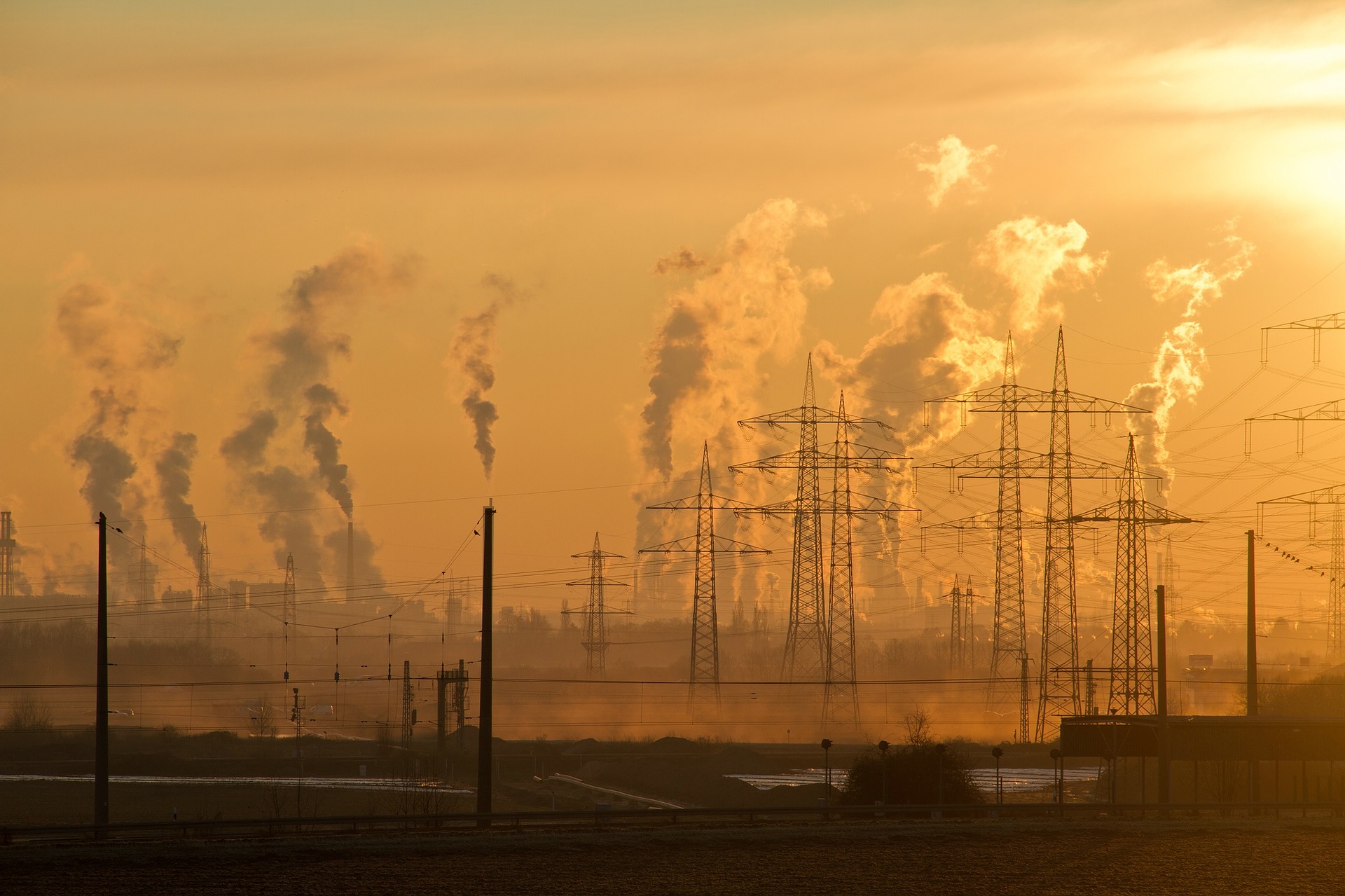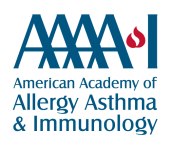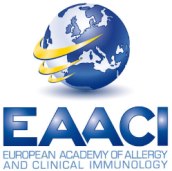 Does air pollution increase the chances of people developing asthma in the first place?
Does air pollution increase the chances of people developing asthma in the first place?
Research suggests that asthma and exposure to air pollution are linked. Air pollution contains harmful substances which can be toxic to the respiratory tract. Prenatal exposure to air pollution has been shown to increase the risk of wheezing and asthma development in children. This finding was found to be true whether or not the expectant mother had asthma herself.
Exposure to air pollution early in life contributes to the development of asthma throughout childhood and adolescence, particularly after age 4 years. Traffic-related air pollution in particular is associated with the development of asthma in school children. Air pollution exposure is thought to potentially cause asthma in children by impacting the developing lung and immune system.
Air pollution, especially traffic-related pollution, can increase the chances of developing asthma in adults as well.
If so, what can people do to protect themselves?
Reducing overall levels of regional air pollution through public policies, establishing initiatives to decrease community exposure (i.e. building buffers between major roadways and neighborhoods), and minimizing one’s personal exposure to air pollution could reduce the risk of developing asthma in children and adults.
The following steps may help in reducing one’s personal level of exposure to air pollution:
- Live more than 200 meters from a major road.
- Avoid traveling during rush hour if possible. Stick to back roads when driving.
- Limit your time spent outdoors when air quality is poor. Check local air quality forecasts.
- Keep your car windows closed while driving, especially if you’re stuck in traffic.
- Avoid outdoor physical activities and exercise close to main roads when pollution levels are high, especially in the afternoon and evening.
I understand air pollution increases the risk of worsening asthma. Which are the biggest polluters, and what can patients do to limit their exposure?
Main polluters are PM 2.5 (particulate matter or small droplets, less than or equal to 2.5 µm in diameter), PM10, O3 (ozone), NO2 (nitrogen dioxide), SO2 (sulfur dioxide) and CO (carbon monoxide). NO2 is produced by vehicles and SO2 mainly by the coal industry. Exposure to such polluters and traffic-related air pollution increases the risk of exacerbations of asthma symptoms.
The most efficient action to limit their exposure is to relocate, which it is not always possible. During recent years, air filters have been marketed to reduce home pollution, but their efficacy in asthma prevention has not been scientifically demonstrated.
If patients monitor air pollution levels online, what are the “red flag” numbers that one should know?
The number of pollens or spores or amount of pollutants that can trigger an asthma attack may vary from person to person depending on a number of factors, including the severity of their asthma. Other factors include air temperature, wind speed, humidity, time of day and exact location. Air pollutants can also increase the allergenicity of pollen grains. Levels of pollens and spores found in the air are generally listed as low, moderate, high and very high by counting stations. Grass pollen levels tend to be highest in the early morning and early evening, while other pollens are usually highest midday and afternoon.
Air pollution is made up of a number of substances not naturally found in the air. Ozone is one of the most important and most likely to cause asthma attacks. When ozone levels reach an Air Quality Index of 51-100, asthma symptoms may worsen, and above 101 is considered dangerous. Regulatory agencies will typically announce when levels of air pollution reach harmful levels.
What changes should people with asthma make to their medication intake on bad pollution days?
The primary change would be to use their short-acting beta2-agonist (SABA) or rescue inhaler, such as albuterol/salbutamol. It can be used as often as every 4 hours for symptoms of wheeze, cough and shortness of breath or chest tightness. Beyond that, stay inside as much as possible on bad pollution days, and consider wearing a respiratory protective device designed to achieve a very close facial fit and very efficient filtration of airborne particles, such as an N95 mask, if you must go out.
In addition, if your doctor has prescribed daily medicine(s) for your asthma, be sure to use those as prescribed over time to help keep your lungs protected. Signs that your asthma is well-controlled include no asthma attacks, no limitation of sleep or activity and infrequent need for your reliever medication. For those who are particularly young or elderly or those with severe asthma, extra care must be taken.
I’ve heard about “thunderstorm asthma” and how even people who have not been diagnosed can present with symptoms. Please explain.
Rainfall is usually known to remove pollen from the air, but thunderstorms may cause increased concentrations of pollens. Thunderstorms pull pollen grains up toward moisture-rich clouds, where they rupture. Pollen fragments, or pieces of pollen grains, are then brought back to the ground by downdrafts, where air flows spread them. This can create very high levels of airborne pollen allergens exposure.
This tends to occur with grass pollen, which is usually too big to get beyond the nose. However, the pollen fragments are small enough to get into the lungs. Whereas typically the intact pollen would just cause sneeze and other allergy symptoms in the nose, since the pollen fragments now can get into the lungs, they can cause asthma, even in people with only nasal and ocular allergies and no previous diagnosis of asthma. Those affected by grass pollen allergy should be informed about a possible risk of asthma attack and possible relapse at the beginning of a thunderstorm during the pollen season.
Thunderstorm asthma can also happen with some weed pollens and molds, particularly in the first 20 to 30 minutes of a thunderstorm. Those with seasonal or mold allergies, with or without asthma, must be cautious about being outdoors and should consider staying indoors with closed windows if a strong thunderstorm is approaching.
We hear a lot about outdoor air pollution. Is there any concern about indoor air pollution?
Indoor air pollution can be a significant problem. It can come from indoor cooking or heating, open fireplaces, (tobacco) smoking, indoor plants and offgassing of building materials. This problem has been increasingly recognized and was termed ‘sick building sydrome’ (SBS) referring to health issues with subsequent loss of productivity and increased sick leave. Indoor air pollution leads to increased incidence of pneumonia, allergy, chronic obstructive pulmonary diseases (including asthma), lung cancer and others. In fact, the World Health Organization estimates that 4.3 million people worldwide die every year from indoor air pollution, mostly from indoor use of solid fuels.
Interventions include switching to alternative fuels such as electricity or solar power, using improved stoves and having adequate ventilation.
References
Anderson HR, Favarato G, Atkinson RW. Long-term exposure to air pollution and the incidence of asthma: meta-analysis of cohort studies. Air Qual Atmos Health. 2013; 6: 47-56. https://doi.org/10.1007/s11869-011-0144-5.
Bowatte G, Lodge C, Lowe AJ, Erbas B, Perret J, Abramson MJ, Matheson M, Dharmage SC. The influence of childhood traffic-related air pollution exposure on asthma, allergy and sensitization: a systematic review and a meta-analysis of birth cohort studies. Allergy. 2015; 70(3): 245-256. doi: 10.1111/all.12561.
Cockcroft DW, Davis BE, Blais CM. Thunderstorm asthma: an allergen-induced early asthmatic response. Ann Allergy Asthma Immunol. 2018; 120(2): 120-123. doi: 10.1016/j.anai.2017.12.002.
D’Amato G, Holgate ST, Pawankar R, Ledford DK, Cecchi L, Al-Ahmad M, Al-Enezi F, Al-Muhsen S, Ansotegui I, Baena-Cagnani CE, Baker DJ, Bayram H, Bergmann KC, Boulet LP, Buters JT, D’Amato M, Dorsano S, Douwes J, Finlay SE, Garrasi D, Gómez M, Haahtela T, Halwani R, Hassani Y, Mahboub B, Marks G, Michelozzi P, Montagni M, Nunes C, Oh JJ, Popov TA, Portnoy J, Ridolo E, Rosário N, Rottem M, Sánchez-Borges M, Sibanda E, Sienra-Monge JJ, Vitale C, Annesi-Maesano I. Meteorological conditions, climate change, new emerging factors, and asthma and related allergic disorders. A statement of the World Allergy Organization. World Allergy Organ J. 2015; 8(1): 25. doi: 10.1186/s40413-015-0073-0.
Gao J, Xu X, Ying Z, Jiang L, Zhong M, Wang A, Chen LC, Lu B, Sun Q. Post-effect of air quality improvement on biomarkers for systemic inflammation and microparticles in asthma patients after the 2008 Beijing Olympic Games: a pilot study. Inflammation. 2017; 40(4): 1214-1224. doi: 10.1007/s10753-017-0564-y.
Gehring U, Wijga AH, Brauer M, Fischer P, de Jongste JC, Kerkhof M, Oldenwening M, Smit HA, Brunekreef B. Traffic-related air pollution and the development of asthma and allergies during the first 8 years of life. Am J Respir Crit Care Med. 2010; 181(6): 596-603. doi: 10.1164/rccm.200906-0858OC.
Guarnieri M, Balmes JR. Outdoor air pollution and asthma. Lancet. 2014; 383(9928): 1581-1592. doi:10.1016/S0140-6736(14)60617-6.
Heinrich J, Guo F, Fuertes E. Traffic-related air pollution exposure and asthma, hayfever, and allergic sensitisation in birth cohorts: a systematic review and meta-analysis. Geoinfor Geostat: an overview. 2016; 4:4. doi: 10.4172/2327-4581.1000153.
Herbert C, Kumar RK. Ambient air pollution and asthma. Eur Respir J. 2017; 49(5). doi: 10.1183/13993003.00230-2017.
Osborne NJ, Alcock I, Wheeler BW, Hajat S, Sarran C, Clewlow Y, McInnes RN, Hemming D, White M, Vardoulakis S, Fleming LE. Pollen exposure and hospitalization due to asthma exacerbations: daily time series in a European city. Int J Biometeorol. 2017; 61(10): 1837-1848. doi: 10.1007/s00484-017-1369-2.
Schultz ES, Litonjua AA, Melén E. Effects of long-term exposure to traffic-related air pollution on lung function in children. Curr Allergy Asthma Rep. 2017; 17(6): 41. doi: 10.1007/s11882-017-0709-y.
Wargocki P, Sundell J, Bischof W, Brundrett G, Fanger PO, Gyntelberg F, Hanssen SO, Harrison P, Pickering A, Seppänen O, Wouters P. Ventilation and health in non-industrial indoor environments: report from a European multidisciplinary scientific consensus meeting (EUROVEN). Indoor Air. 2002; 12(2): 113-128. https://doi.org/10.1034/j.1600-0668.2002.01145.x.
World Health Organization. Burning Opportunity: clean household energy for health, sustainable development and the wellbeing of women and children. 2016; ISBN: 9789241565233.
World Health Organization. Indoor air quality guidelines: household fuel combustion. 2014; ISBN: 9789241548878.
www.healthandsafetyinshanghai.com/N95-mask.html
www.who.int/topics/air_pollution/en/
Zhao Z, Huang C, Zhang X, Xu F, Kan H, Song W, Wieslander G, Norback D. Fractional exhaled nitric oxide in Chinese children with asthma and allergies – a two-city study. Respir Med. 2013; 107(2): 161-171. doi: 10.1016/j.rmed.2012.11.001.
The American Academy of Allergy, Asthma & Immunology (AAAAI) and the European Academy of Allergy and Clinical Immunology (EAACI) collaborated to bring you this information on the important links between air pollution and asthma.

AAAAI Authors
Anne C. Miranowski, MD, FAAAAI and Andy Nish, MD, FAAAAI

EAACI Authors
Zuzana Diamant, MD, PhD, Breda Flood and Silvia Sánchez García, MD, PhD
